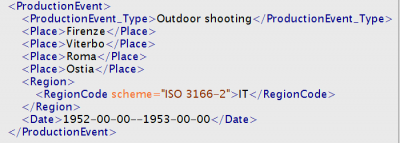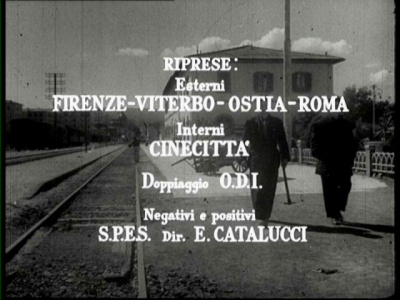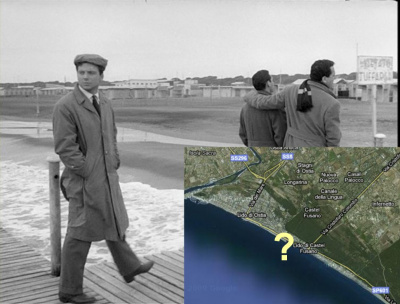Agent and event: Further examples
From filmstandards.org
From the TC 372 Workshop Compendium
The Agent entity
The Agent entity was deliberately left underspecified in EN 15907. This decision was made in order to facilitate interoperability among filmographic information systems with different data models.
 From: http://viaf.org/ |
The third method of handling an Agent Reference is to include a reference to a network resource with information describing the agent. In this example, the reference points to a VIAF (virtual authority file) record obtained from the Istituto Centrale per il Catalogo Unico (ICCU). EN 15907 permits any combination of agent references. Thus, if a database has references to external authority files for the more famous people and only names for the less famous, then both types can be used in a single data exchange. |
| • • • |
The Event entity
The Event entity in EN 15907 is in fact a class of six event types that can occur in the lifecycle of a cinematographic work.

|
This is a record about a decision event from the French commission de classification. In addition to the decision event, it contains data about a publication event. The manifestation described in this record clearly differs from the first one added to our description of the work. Here is a view of our record transformed from the XML representation. |

|
This is a possible way of encoding the outdoor filming locations found on the previous slide. We combine them in a single event as long as no precise dates of individual shootings are known. A transformed representation in the context of our description of I Vitelloni is here. |
| • Previous: Description levels: A worked example • Up: Contents • Next: Approaching the subject of a film work • |



